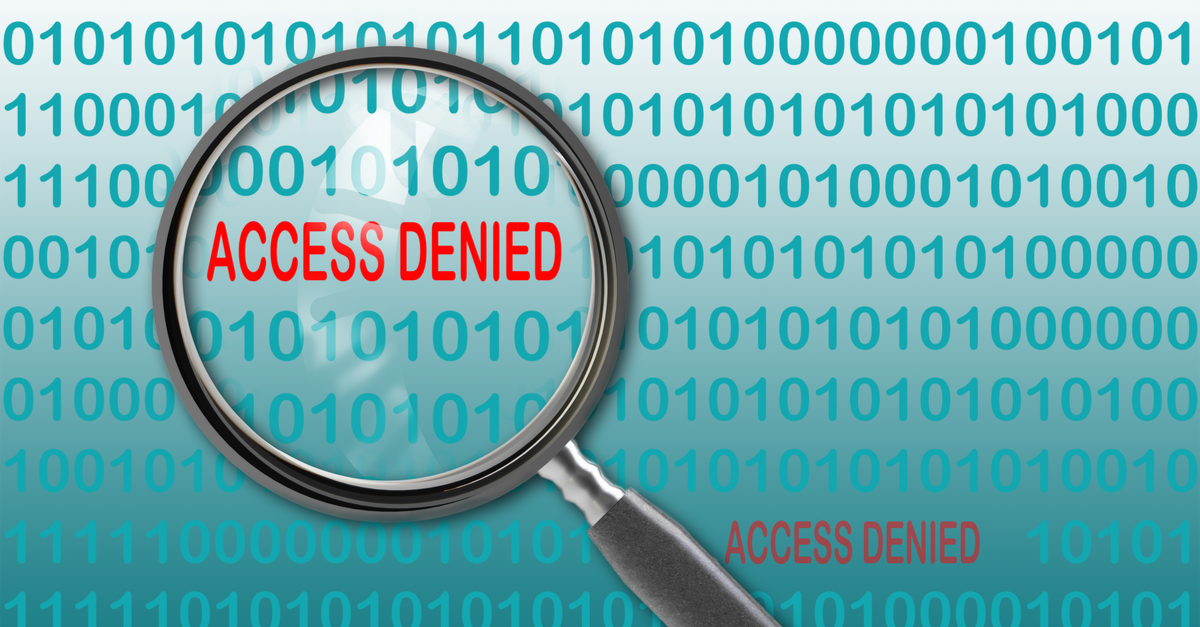Maintaining a state of audit readiness has become more critical than ever for organizations using PeopleSoft and other ERP systems in general. Today’s complex business environments, combined with the constantly increasing number of compliance regulations, require the audit to be dynamic, adaptable, and insightful to meet changing needs and expectations of investors, consumers, and regulators.
Unfortunately, what’s missing for most organizations is the lack of effective internal controls and policies that leads to compliance loopholes exposed during audits. So, before a deep dive into the success factors that prepare PeopleSoft teams for audits, let’s take a look at the basics.
What Is An Audit? What Makes PeopleSoft Teams Audit-Ready?
An audit is an official examination by a third party (independent auditor) to verify an organization’s adherence to reporting requirements (e.g., financial, operational, compliance, security, etc.). This verification is achieved by an auditor’s opinion on whether the entity’s reports are accurate and reliable. Typically, publicly traded companies, contractors to federal or state agencies, companies requiring bonds or insurance, private companies, and entities receiving government funding (e.g., universities, federal, state, and government agencies) undergo audits.
PeopleSoft teams should always log and monitor user activities to identify key risk indicators that could potentially lead to fraud. Establishing that your existing capabilities, internal controls, and policies are effective is the most significant step toward being audit-ready.
PeopleSoft Logging & Monitoring Are A Barrier To Audit-Readiness
When it comes to audits, PeopleSoft teams face certain challenges that make them unprepared for audits –
- User activity information crucial to mitigating user-centric threats is often missing
- Incident response for PeopleSoft is labor-intensive and time-consuming
- Incomplete audit trail of application-level user activity
- Auditing access and update activity require customization
Often, this brings to light some of the internal control deficiencies the organization being audited is grappling with, such as –
- Ineffective Access Controls
- Ineffective Data Field Level Controls
- Ineffective Transaction Controls
The results produced by your business units, internal auditors, and external auditors will officially conclude if your internal controls and policies are effectively mitigating risks.
8 Key Factors To Set You Up For A Successful PeopleSoft Audit
PeopleSoft teams always need internal controls to effectively mitigate significant IT risks relevant to financial reporting in and around business systems. Listed below are some of the key success factors that help organizations minimize financial risks in terms of systems, transactions, and data.
- Companies implementing ABAC can enable automation of policy enforcement into their access controls and prevent violation of policy requirements.
- A risk-based approach to identifying and classifying PeopleSoft data helps improve regulatory compliance and reduces costs by eliminating unnecessary control measures.
- An effective regulatory change management process helps PeopleSoft teams keep pace with new regulations and avoid ineffective policies and internal controls that lead to excessive compliance costs.
- Your company should be able to monitor authorization usage and user activity in PeopleSoft to detect SoD violations in real-time.
- An effective vulnerability detection and remediation program helps organizations understand security weaknesses, assess risk exposure, and implement policies and controls to reduce the possibilities of a breach.
- Deploying a Common Control Framework across all applications minimizes the need for ineffective and manual controls that result in increased audit, risk, and compliance costs in PeopleSoft.
- Implementing step-up MFA for sensitive PeopleSoft transactions adds preventative and detective controls at the transaction level. This helps security teams flag suspicious transaction activities by users and improve audit readiness.
- To comply with regulatory and audit requirements, organizations need to understand their residual risk levels (residual risk = inherent risk – control effectiveness). Continuously monitoring these risk levels ensures the operating effectiveness of their internal controls and helps mitigate overall risk.
Ace Your Audits With Appsian’s PeopleSoft Capabilities
An investment in additional PeopleSoft capabilities such as logging, monitoring, and policy enforcement, among others, is an opportunity to improve your audit readiness. With the Appsian Security Platform, you can implement, verify, and maintain effective controls to achieve your annual financial statement and compliance audit requirements in a more cost-effective manner with the following features –
- Adaptive Attribute-Based Access Controls to enable the enforcement of policy requirements into the access controls at the transaction and data level.
- Multi-Factor Authentication at the login, transaction, and data field levels to minimize risk exposure.
- Layered security, also known as defense-in-depth, protects against threats while incorporating compensating controls in the event of a control failure.
- Periodic Control Assessments to validate the effectiveness of existing controls.
- Continuous User Behavior Analysis to detect and report anomalies and threats.
Schedule a demo with our PeopleSoft experts to understand how you can implement effective controls and policies to stay audit-ready.











